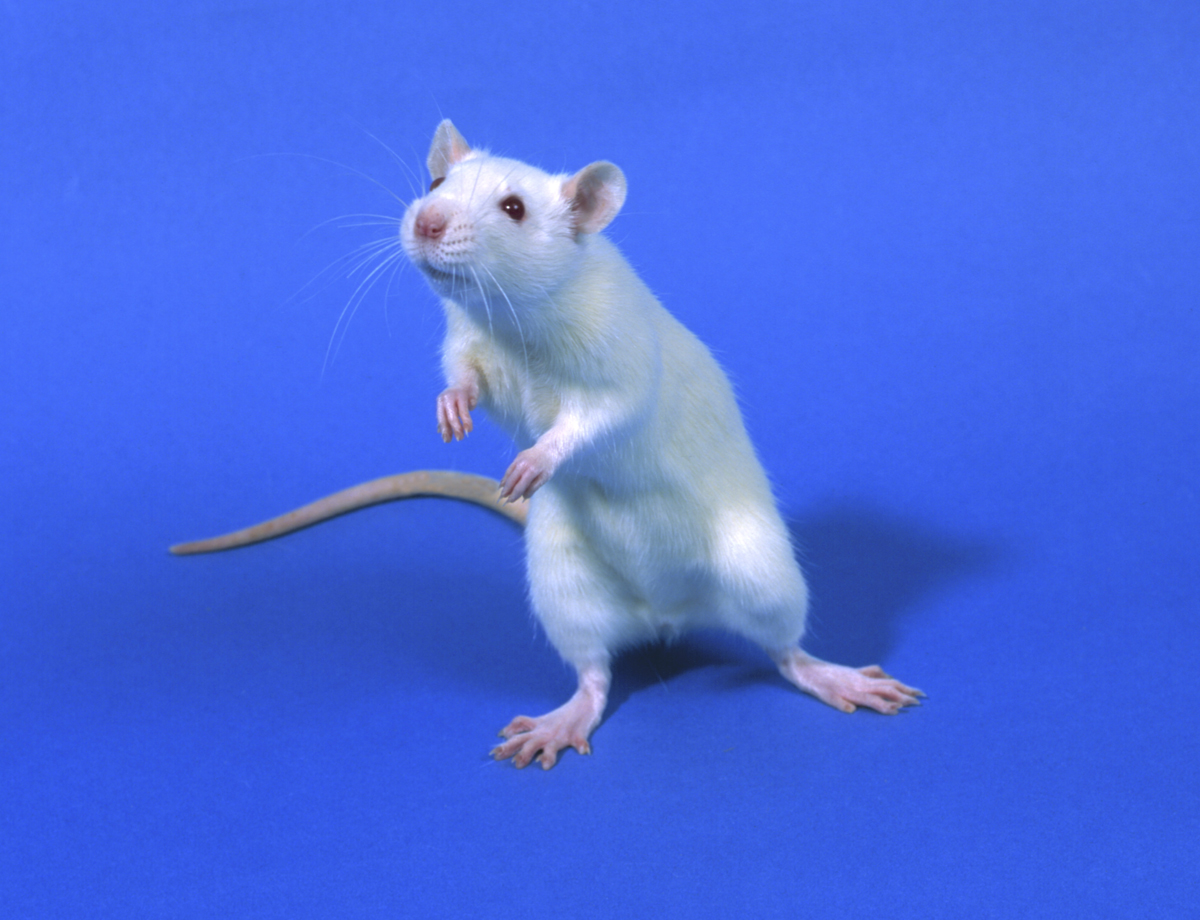Brain compass implant enables blind rats to see, using psychic GPS
Hiroaki Norimoto and Yuji Ikegaya, researchers from the University of Tokyo, have helped blind rats to see, thanks to the geomagnetic prosthetics applied on them. Making use of this technology, several rats whose eyelids had been sealed shut in order to feed spatial information directly into their brains, the visually impaired rodents started behaving as if they could see.
Infact, the neuroprosthesis that fed geomagnetic signals into the brains of these rats incapable of seeing things around them even enabled them to navigate about a maze. The device consists of a geomagnetic compass, a version of the microchip located in smartphones and two electrodes that match into the animals’ visual cortices, the regions of the brain that approach visual info.
The two were trying to demonstrate that the brains of mammals are capable of learning to adapt to new data well into their adulthood.
Ikegaya says: “The most remarkable point of this paper is to show the potential, or the latent ability, of the brain. That is, we demonstrated that the mammalian brain is flexible even in adulthood – enough to adaptively incorporate a novel, never-experienced, non-inherent modality into the pre-existing information sources.”
Seeing the rodents develop a fully natural sense in no time at all, scientists are considering a similar possibility in humans, wondering if this could potentially open up new methods used to treat blindness, or even to offer healthy people with extra senses.
“I am dreaming that humans can expand their senses by way of artificial sensors for geomagnetism, ultraviolet, radio waves, ultrasonic waves and so on,” says Yuji Ikegaya of the University of Tokyo in Japan, head of the group that installed and tested the two.five-gram implant. “Ultrasonic and radio-wave sensors might allow the next generation of human-to-human communication,” he says.
The findings of this study titled “Visual Cortical Prosthesis with a Geomagnetic Compass Restores Spatial Navigation in Blind Rats” were published in the journal Current Biology.
